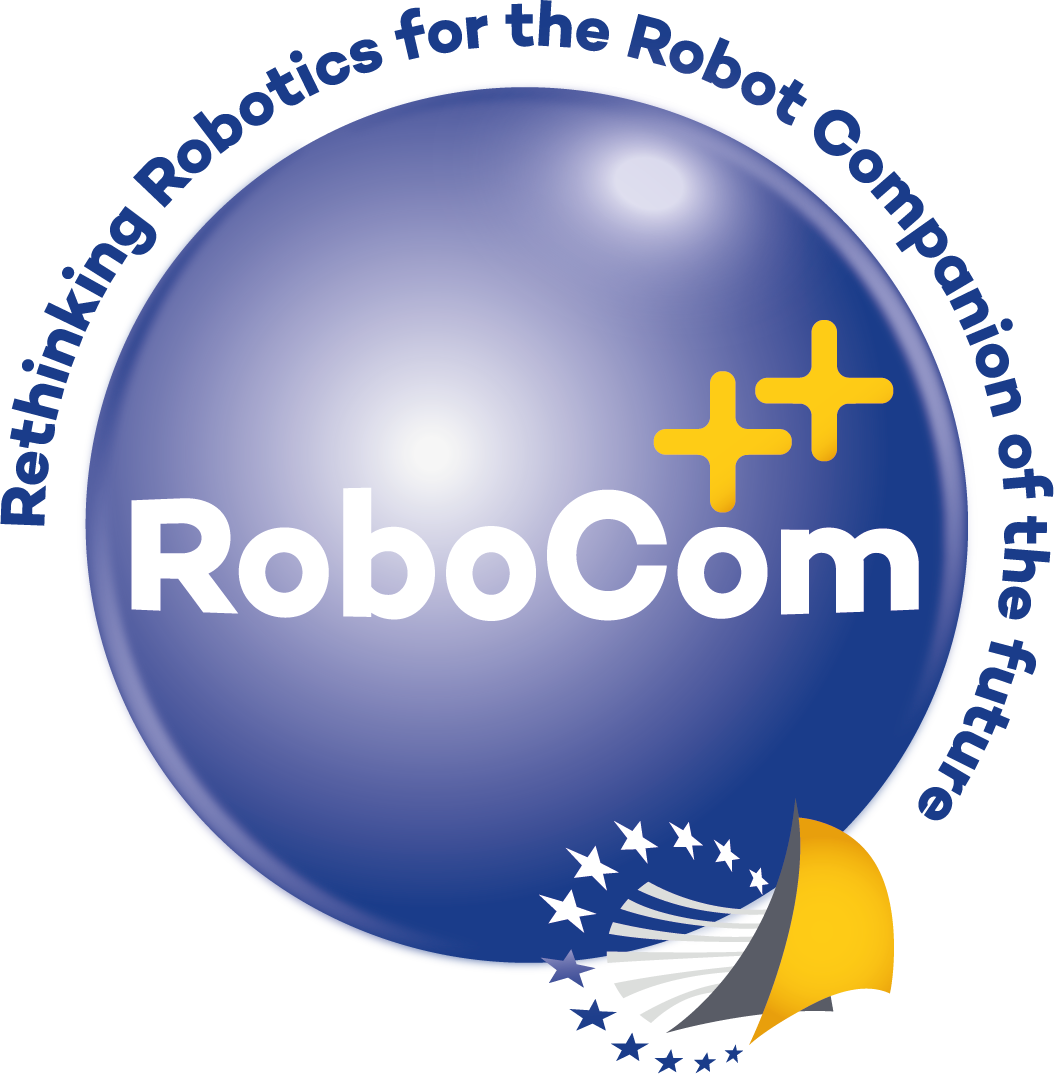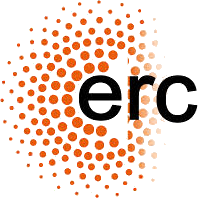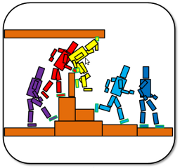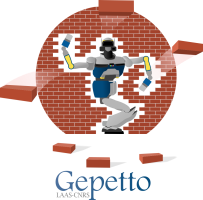Rigid multi-body dynamics in C++ and Python
Pinocchio is a C++ library for dynamic computations focusing on robotic, computer animation and biomechanical applications. It is based on the dynamic multi-body computations formalized by Featherstone in his book. The software comes with a python wrapping and vizualisation tool.
H2020 Memmo
Pinocchio is a central part of the H2020 project on the Memory of Motion. For further informations, please read the project homepage
2018-2021


RoboCom++
Pinocchio includes work funded by the european RoboCom++ project. For further informations, please read the project homepage
2017-2020
ERC Leap
Pinocchio includes work funded by the ERC Starting Grant on the LEarning from our collective visual memory to Analyze its trends and Predict future events.
2014-2019


ERC Actanthrope
Pinocchio is a central part of the ERC Advanced Grant on the Computational Foundations of Anthropomorphic Action. For further informations, please read the project homepage
2014-2018
An ANR-Entracte software
Pinocchio is an integrated software for the national ANR project ENTRACTE. For further informations, please read the project homepage
2013-2017

Library features
The following algorithms are implemented.
The model can be parsed from a URDF format. The following joint models are implemented.
Tutorials are proposed (see the corresponding item in the menu atop the page): generate your first humanoid walk in 20 hours of work, while discovering Python, the Pinocchio interface, inverse kinematics and LQR.
